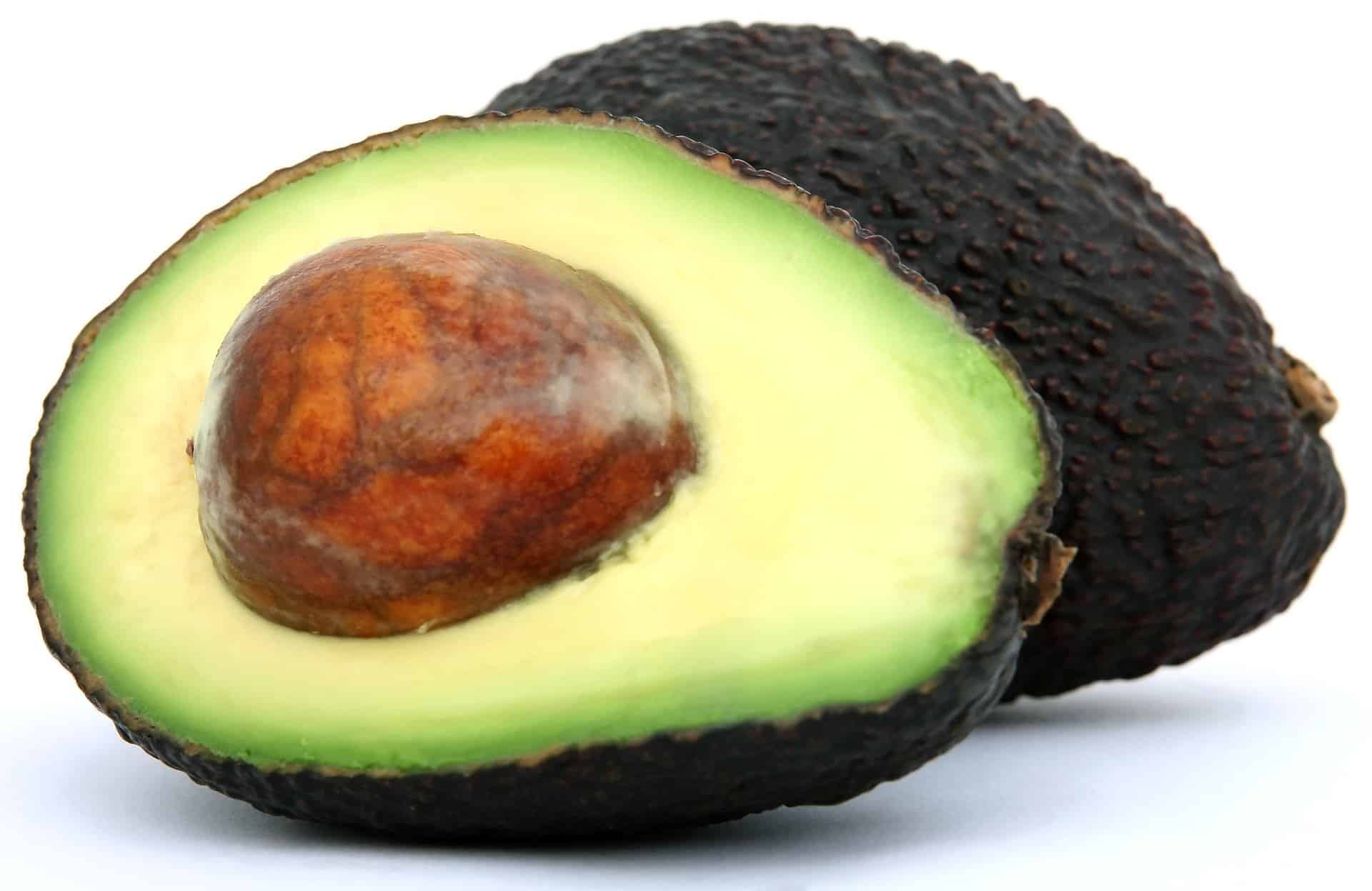Dietary fat is having an identity crisis in the wellness world. It’s reputation oscillates from hero to villain quicker than you can say “keto”, leaving the public to wonder: is this peanut butter going to save me or destroy me?
Never fear, #NoomNerds, we’re here to set the record straight, and break down the facts on fat!
The basics about fat
Fat is an essential nutrient for human life, enabling a wide range of biological functions that keep us healthy and thriving – including energy storage, vital organ protection, and even cell structural support. That’s right, all the way down to our trillions of individual cells, our bodies require fat!
Here’s the kicker: Fat falls on a spectrum. The type of fat consumed is incredibly important, as not all fats are created equal. While some types of fats are beneficial to the body, others can be harmful.
Saturated fats vs. unsaturated fats
Fat can be broken down under two umbrellas: saturated and unsaturated. The molecular structure of these fats create this difference, but we won’t bore you with that. Instead, here’s what you need to know:
- Saturated fats are primarily found in animal food sources, and are solid and dense at room temperature. Think: beef fat, butter, high-fat dairy. These fats sometimes get the “bad” rep.
- Unsaturated fats are primarily found in plant and fish food sources, and are liquid and less dense at room temperature. Think: olive oil, nuts, salmon. Unsaturated fats are broken down further into polyunsaturated and monounsaturated fats. These fats usually get the “good” rep.
I know what you’re thinking: nuts and salmon are solid..doesn’t that make them saturated? Nope, the fat molecules within these foods are actually liquid. Ever notice how the oil can separate in your almond butter jar? That’s the unsaturated fat at work.
Essential fatty acids
Here’s more on the good guys, the unsaturated fats. There are two forms of unsaturated fats that are considered absolutely essential, meaning they cannot be created in the body and must be consumed through the diet to sustain vital functions. Omega-3s are needed at the higher amount, and claim the most health benefits of any class of fat. You can find them in flax seeds, chia seeds, fish, and algae, to name a few. Omega-6s don’t have the clout of omega-3s, and are needed in smaller amounts. It’s worth noting, in a standard Western diet, we eat too much omega-6. How? Well, you find it primarily in vegetable oils, such as canola oil, corn oil, and sunflower oil – staples in modern, processed foods.
The benefits of fat
- Fat is necessary for the absorption of fat-soluble vitamins A, D, E and K. In fact, eating your veggie-packed salad with a fat-based dressing increases absorption of nutrients compared with a fat-free dressing. (Tip: Looking to make a healthy salad dressing? Think beyond olive oil! Flax oil, walnut oil, and avocado are also great choices)
- Unsaturated fats are considered anti-inflammatory.
- Omega-3 fatty acids support cardiovascular health.
- Fats digest slowly, especially compared to carbs, leading to increased fullness and satisfaction.
What to be more mindful of
- In excess, saturated fats may be associated with cardiovascular risk. There could be some benefit in reducing your saturated fat intake, of replacing some of it with unsaturated fat.
- Fat is still the most calorie-dense nutrient, clocking in at 9 calories per gram, compared to the 4 calories per gram that both carbohydrates and proteins provide. This isn’t really a bad thing; just stay mindful that those calories will quickly add up.(Tip: Whip out your tablespoon and measure your fats for a week! You may be surprised by the reality of one serving.)
- Be aware of trans fat. This is a man-made fat that has now been removed from almost all foods due to its vastly negative health implications, though it may still appear in some processed foods. It’s recommended to avoid trans fats wherever possible.(Tip: Look at your food labels! Trans fat content is specifically called out under “Total Fat” for easy reference.)
How much fat should I eat?
Overall, aim for 20-35% of your calories to come from fat. For someone on an 1,800 calorie diet, that’s 360 – 630 calories a day. Of this fat intake, less than 10% should come from saturated fats to help reduce cholesterol and protect your heart. The rest should come from mono- and polyunsaturated fats, those “good” fats we mentioned above.
Keep in mind: given how calorie-dense fat is, you can quickly reach your daily need! (Tip: Log your foods for a week or more to see how your fats stack up.)
Fat: The takeaway
Fat is an essential nutrient, and like anything, should be consumed in moderation and with special attention to your unique body and medical conditions. Fat does provide more than double the calories per gram than the other macronutrients, so it’s much easier to over-consume without careful portion control. So, choose mostly unsaturated fats, watch the size of your olive oil drizzles, and enjoy!
Real results with a personalized weight loss program
Take the quiz!

If you’re looking for the inside scoop on more health hot topics, kickstart your 14-day Noom trial today!



